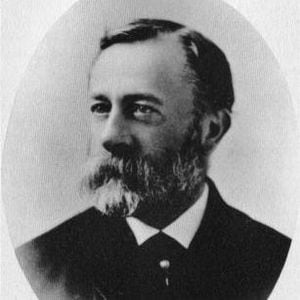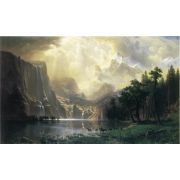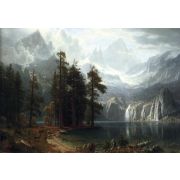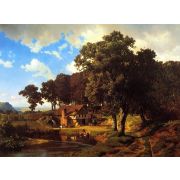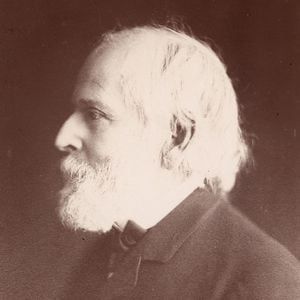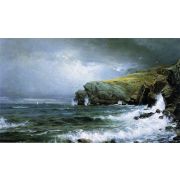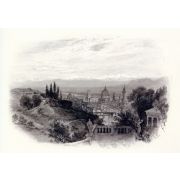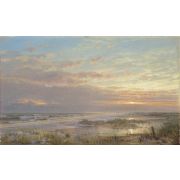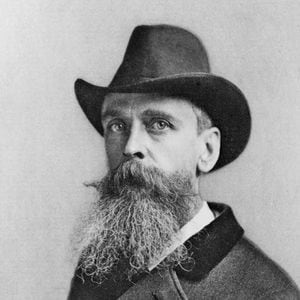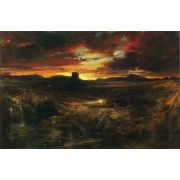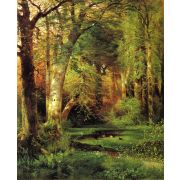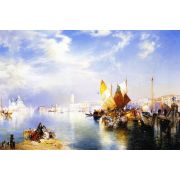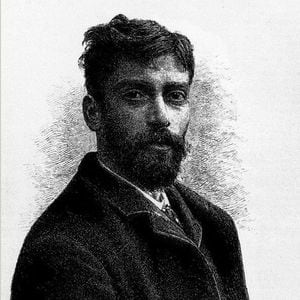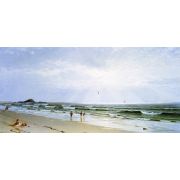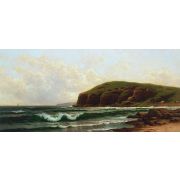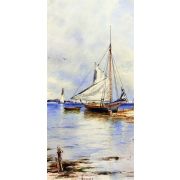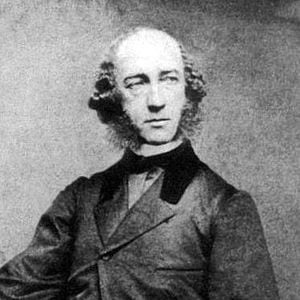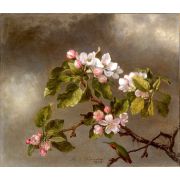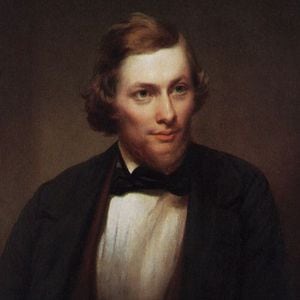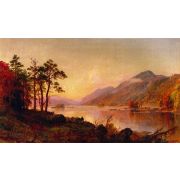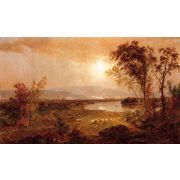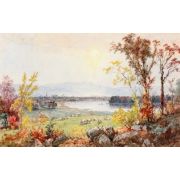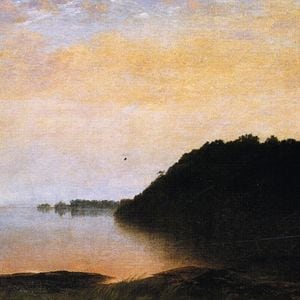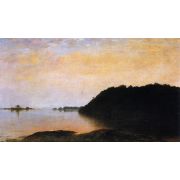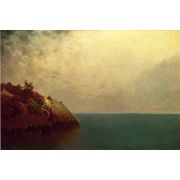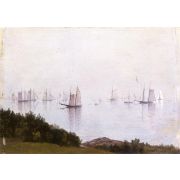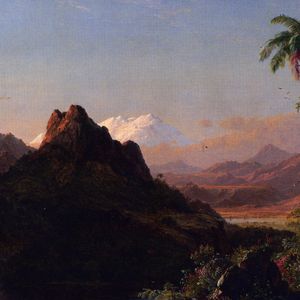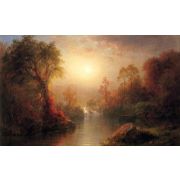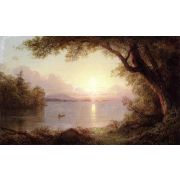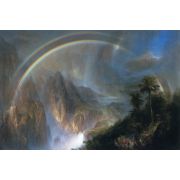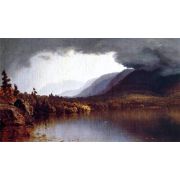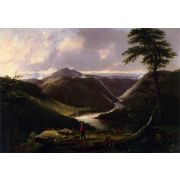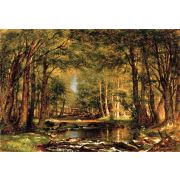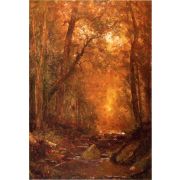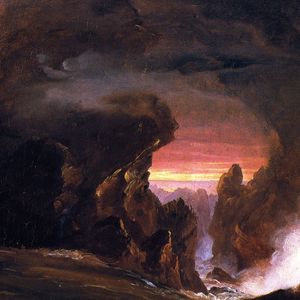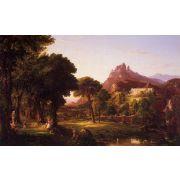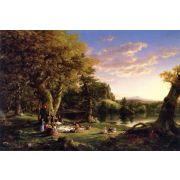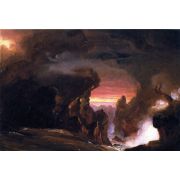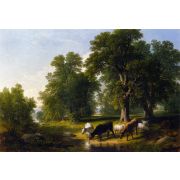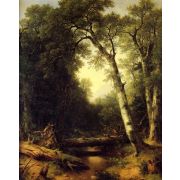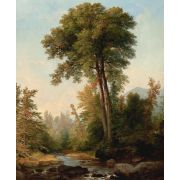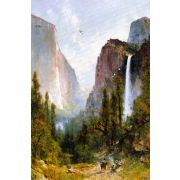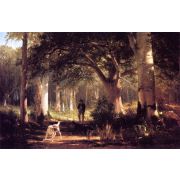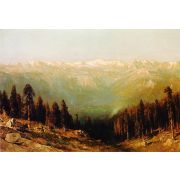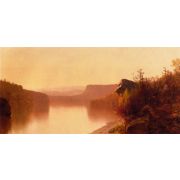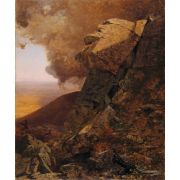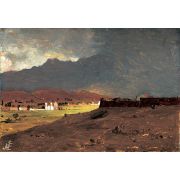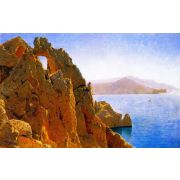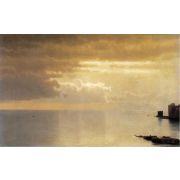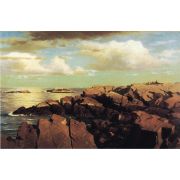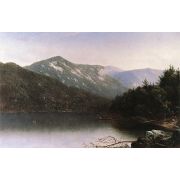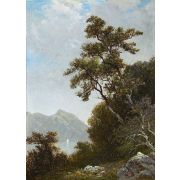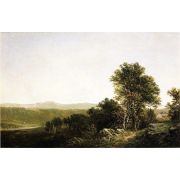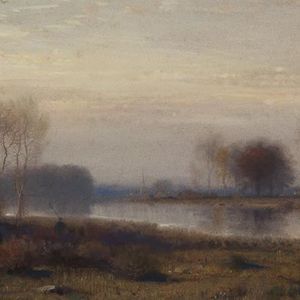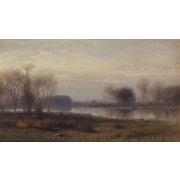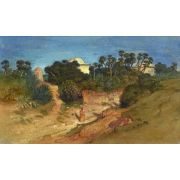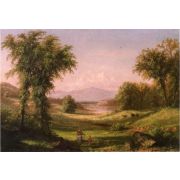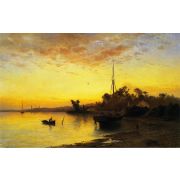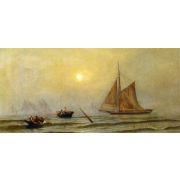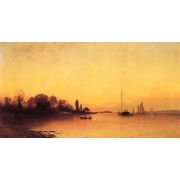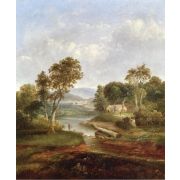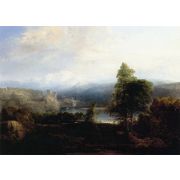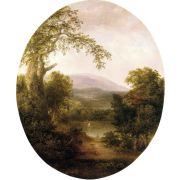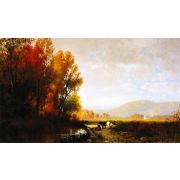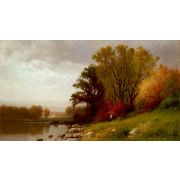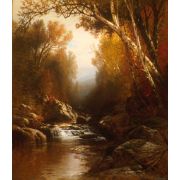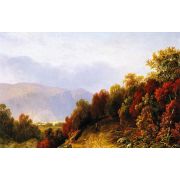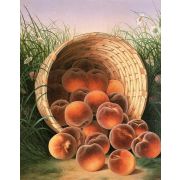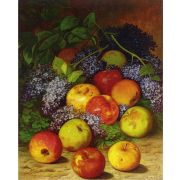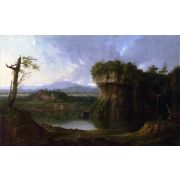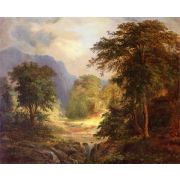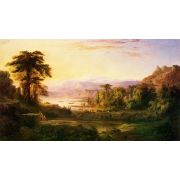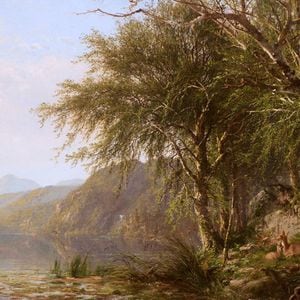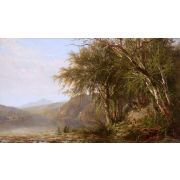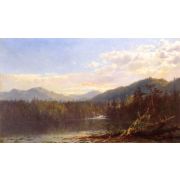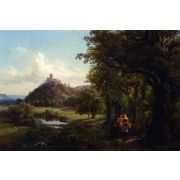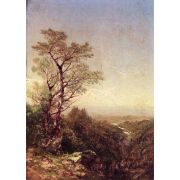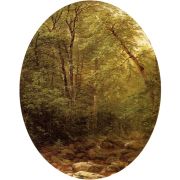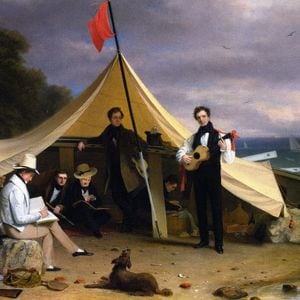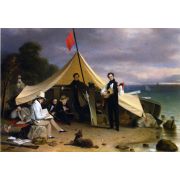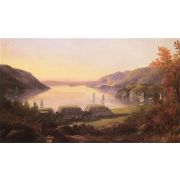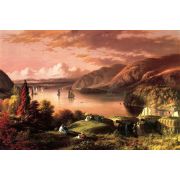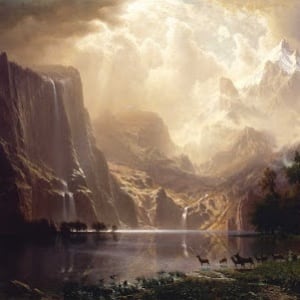
Hudson River School
Hudson River School
1 to 25 out of 25 artists
Albert Bierstadt
1830 -1902, American / Romanticism , Hudson River School , and American Landscape, 531 works
William Trost Richards
1833 -1905, American / American Landscape , Hudson River School , and American Pre-Raphaelites, 456 works
Thomas Moran
1837 -1926, American / Romanticism , Hudson River School , and American Landscape, 406 works
Alfred Thompson Bricher
1837 -1908, American / Hudson River School and American Landscape, 310 works
Martin Johnson Heade
1819 -1904, American / Hudson River School and Realism, 304 works
Jasper Francis Cropsey
1823 -1900, American / American Landscape , Romanticism , and Hudson River School, 298 works
John Frederick Kensett
1816 -1872, American / Hudson River School , American Landscape , and Realism, 238 works
Frederic Edwin Church
1826 -1900, American / Hudson River School , Romanticism , and American Landscape, 228 works
Sanford Robinson Gifford
1823 -1880, American / American Landscape and Hudson River School, 224 works
Thomas Worthington Whittredge
1820 -1910, American / American Landscape and Hudson River School, 181 works
Thomas Cole
1801 -1848, British / American Landscape , Romanticism , and Hudson River School, 180 works
Asher Brown Durand
1796 -1886, American / American Landscape , Romanticism , and Hudson River School, 149 works
Thomas Hill
1829 -1908, British / American Landscape , Romanticism , and Hudson River School, 147 works
Jervis McEntee
1828 -1891, American / Hudson River School, 132 works
William Stanley Haseltine
1835 -1900, American / Hudson River School, 122 works
David Johnson
1827 -1908, American / Hudson River School and Romanticism, 108 works
Samuel Colman
1832 -1920, American / Hudson River School, 92 works
Francis A. Silva
1835 -1886, American / Hudson River School, 90 works
Thomas Doughty
1793 -1856, American / American Landscape and Hudson River School, 88 works
William Hart
1823 -1894, Scottish / Hudson River School , American Landscape , and Romanticism, 73 works
William Mason Brown
1828 -1898, American / Hudson River School, 69 works
Robert Seldon Duncanson
1821 -1872, American / American Landscape and Hudson River School, 65 works
James McDougal Hart
1828 -1901, American / American Landscape and Hudson River School, 53 works
John W. Casilear
1811 -1893, American / Hudson River School and American Landscape, 35 works
1 to 25 out of 25 artists
The Hudson River School was an art movement in the United States in the middle of the 19th century. It was led by a group of landscape painters whose style was influenced by Romanticism. Most of the time, the paintings show the Catskill, Adirondack, White Mountains, and the Hudson River Valley. The second generation of artists from the school drew on more places in New England, the Maritimes, the American West, and South America in their work.
People think that art critic Clarence Cook of the New York Tribune or landscape painter Homer Dodge Martin came up with the name "Hudson River School." It was misused because the style was no longer popular after the Plein-air Barbizon School became popular with American patrons and collectors.
The paintings of the Hudson River School show three things about America in the 1800s: discovery, exploration, and settlement. They also offer the American landscape as a peaceful place where people and nature live together. Hudson River School landscapes show character in a realistic, detailed, and sometimes idealized way. They often show friendly farming next to the last bits of wilderness in the Hudson Valley, disappearing just as it was starting to be appreciated for its ruggedness and beauty. In general, Hudson River School artists thought that the American landscape, made up of nature, was a reflection of God. However, they had different levels of religious faith. They were influenced by artists like Claude Lorrain, John Constable, and J. M. W. Turner from Europe. Some artists were part of the Düsseldorf school of painting, and others were taught by Paul Weber, who was also German.
Hudson River School art had had short times when it was trendy again. After World War I, people became more interested in school, probably because of nationalist ideas. The number of people interested in the movement went down until the 1960s, and the regrowth of the Hudson Valley has made more people interested in it. Olana State Historic Site in Hudson, New York, the Thomas Cole National Historic Site in the town of Catskill, the Newington-Cropsey Foundation's historic house museum, art gallery, and research library in Hastings-on-Hudson, New York, and the John D. Barrow Art Gallery in the village of Skaneateles, New York, are all places that are dedicated to the Hudson River School.
